Pop art, a transformative movement born in the 1950s and reaching its zenith during the 1960s, represents a seminal chapter in the annals of modern art.
Distinguished by its luminous colors, striking imagery, and groundbreaking techniques, pop art emerged as a dynamic force that blurred the distinctions between high art and the realm of popular culture. This movement, celebrated for its eclectic diversity and aesthetic innovation, has been extensively scrutinized for both its visual appeal and its implications on culture at large.
Yet, a dimension of pop art that demands further exploration is the emotional resonance embedded within its imagery. This discussion ventures into the emotional fabric of pop art, shedding light on how its artists have adeptly utilized their creations to reflect, evoke, and occasionally challenge the emotional climate of their era.
Playfulness and Irony
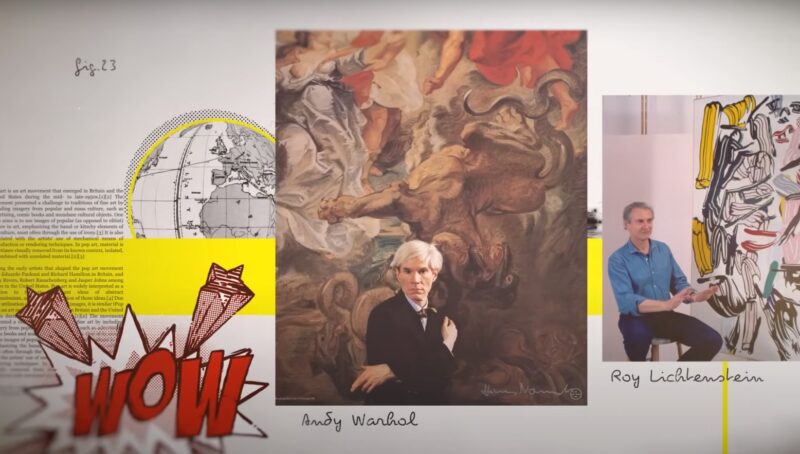
One of the most striking emotional tones in pop art is its sense of playfulness and irony. Artists like Andy Warhol and Roy Lichtenstein brought a humorous and sometimes sardonic edge to their work, often through the use of irony and parody.
Warhol’s replication of consumer goods and celebrity images, and Lichtenstein’s comic strip paintings, for instance, played with the notion of art as a unique or sacred object, instead presenting it as something mass-produced and consumable.
This playful approach to art-making not only challenged traditional notions of art but also reflected a more lighthearted, irreverent attitude towards the consumer culture of the time.
Nostalgia and Sentimentality
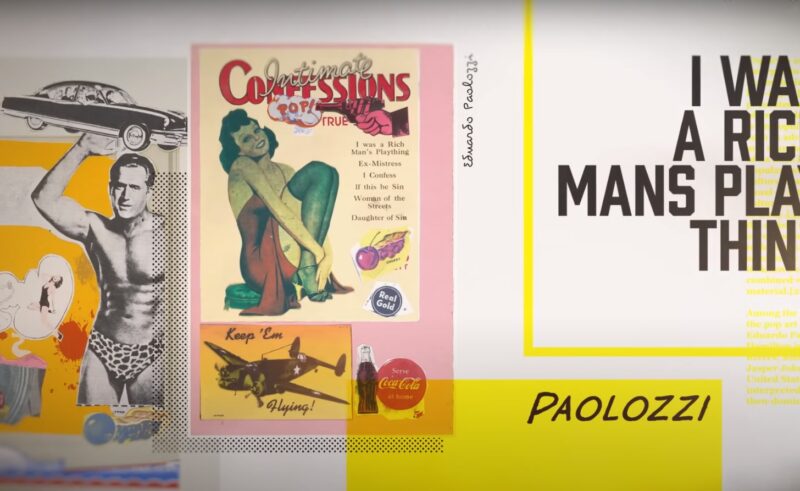
While pop art is often associated with irony and critique, it also conveys a sense of nostalgia and sentimentality. This is evident in the way pop artists celebrated the aesthetics of the past, particularly the advertising and design styles of the 1950s and 1960s.
By incorporating elements of popular culture from these periods, artists like Richard Hamilton and Eduardo Paolozzi evoked a sense of longing for a simpler, more innocent time, before the complexities and conflicts of the later twentieth century. This nostalgic tone suggests a dual emotional response to modernity: a critique of its excesses and a sentimental attachment to its forms.
Critique and Disillusionment
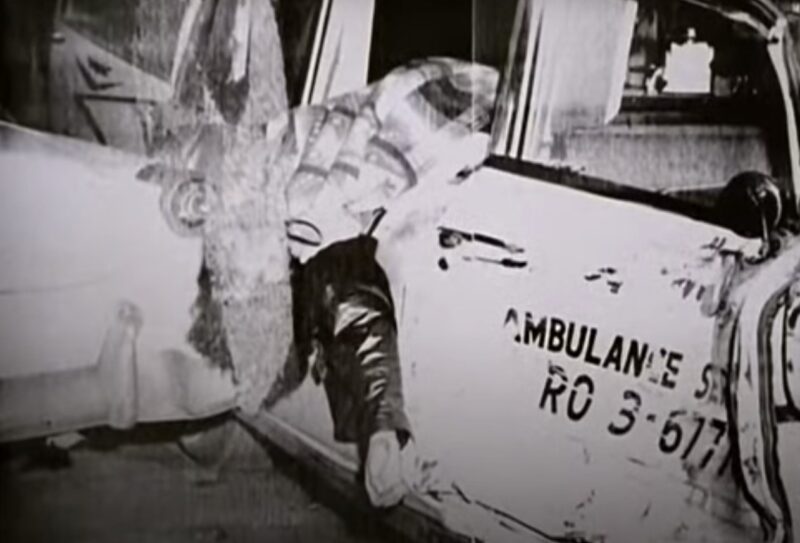
Beyond its playfulness and nostalgia, pop art also carries an undercurrent of critique and disillusionment. This is particularly apparent in works that directly engage with social and political issues.
For example, Warhol’s “Death and Disaster” series, which depicts car crashes, electric chairs, and other scenes of tragedy, uses the detached, repetitive style of pop art to comment on the media’s desensitization to violence and tragedy.
Similarly, British artist Peter Blake’s work often reflects a critique of the commercialization of art and culture. Through these works, pop art reveals a more somber tone, questioning the consequences of consumerism and media saturation.
Empowerment and Liberation
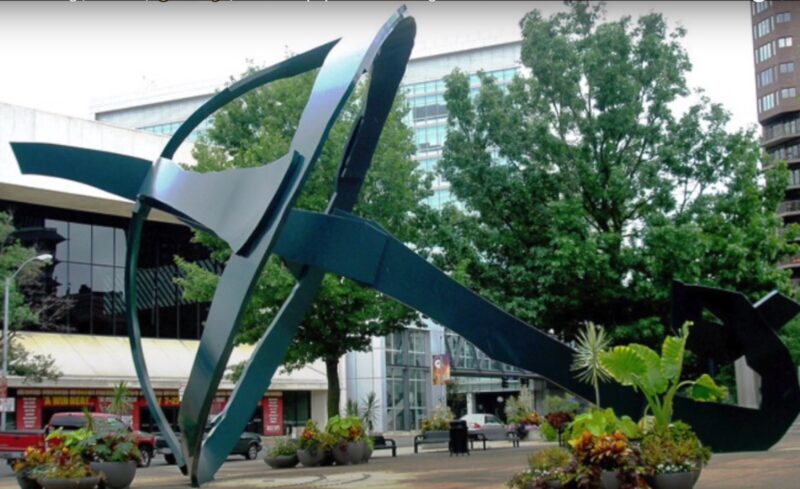
An often overlooked aspect of pop art’s emotional tone is its sense of empowerment and liberation. By embracing popular culture and its iconography, pop art broke down the barriers between “high” and “low” art, offering a more democratic vision of cultural production.
This was not only liberating for artists, who found new sources of inspiration and methods of creation, but also for audiences, who saw their everyday experiences and interests reflected in the realm of fine art. This sense of empowerment is evident in the work of artists like Claes Oldenburg, whose oversized sculptures of everyday objects celebrated the mundane as worthy of artistic attention.
Ambivalence and Complexity
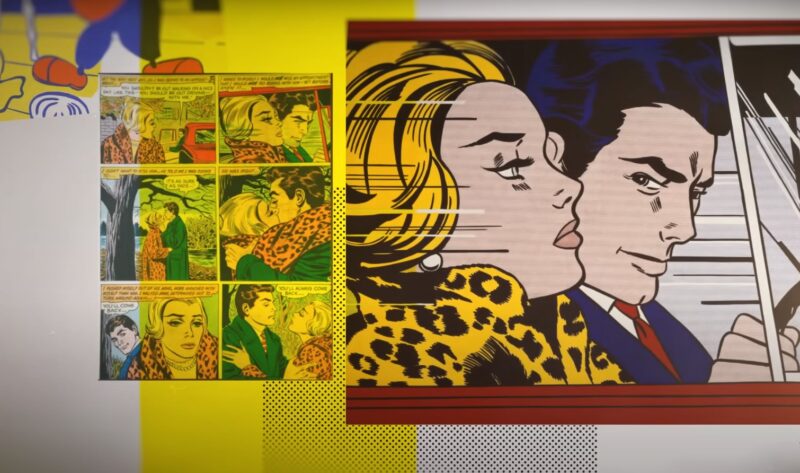
Finally, the emotional tone of pop art is marked by a sense of ambivalence and complexity. While it often appears playful and superficial, a closer look reveals a nuanced critique of society and culture.
This ambivalence is perhaps what makes pop art so enduringly fascinating; it refuses to be pinned down to a single emotional or ideological stance. Instead, it embodies the contradictions of the modern world, simultaneously celebrating and critiquing the culture it depicts.
FAQs
How did the emotional tone of pop art differ between American and British artists?
American pop art often embraced and celebrated the consumer culture with a more optimistic and sometimes ironic tone, reflecting the post-war economic boom and the rise of consumerism in the United States. In contrast, British pop art tended to have a more critical and reflective approach, delving into the themes of American cultural imperialism and the impact of mass culture on British society.
British artists were more likely to infuse their works with a sense of skepticism towards the consumer culture they depicted, reflecting their position in a post-war Britain still grappling with economic recovery.
Can the emotional tone of pop art be considered political?
Yes, the emotional tone of pop art can be considered political in many instances. By drawing from popular culture and mass media, pop art often indirectly critiqued societal norms, consumerism, and the distribution of cultural power.
The use of irony and parody served not just as artistic tools but also as mechanisms to question and challenge the status quo. In doing so, pop art engaged with political themes, albeit in a more subtle and nuanced manner than more overtly political art movements.
Did pop art’s emotional tone evolve over time?
The emotional tone of pop art did evolve over time, reflecting changes in society, culture, and the personal development of its artists. Early pop art was more focused on celebrating or critiquing consumer culture through a relatively optimistic or ironic lens.
As the movement progressed, however, some artists began to explore deeper social and political themes, leading to works with a more critical or somber tone. This evolution demonstrates how pop art remained responsive to the changing world around it, with its emotional tone adapting to new contexts and challenges.
How does the color palette of pop art contribute to its emotional tone?
The color palette of pop art, characterized by its bright, vibrant, and sometimes garish colors, plays a significant role in shaping the movement’s emotional tone. These colors contribute to the sense of playfulness and energy that is often associated with pop art, evoking a reaction that is both immediate and visceral.
The bold use of color can also enhance the sense of irony or parody within a piece, highlighting the artificiality and commercial nature of the subjects being depicted. In some instances, the color choices can also evoke nostalgia, reminiscent of the bright advertisements and comic books of the era.
How did pop art artists use text to convey emotional tone?
Pop art artists frequently incorporated text into their artworks, using it as another tool to convey emotional tone and to add layers of meaning to their pieces. Text in pop art could range from comic book dialogue bubbles to large, bold slogans.
This integration of text allowed artists to directly communicate with the viewer, often in a manner that was witty, sarcastic, or thought-provoking. The choice of words, font style, and placement could significantly influence the emotional impact of the artwork, sometimes reinforcing and at other times contrasting with the visual imagery to create a complex emotional tone.
Are there contemporary art movements that continue the emotional tones of pop art?
Contemporary art movements such as Post-Pop Art and Neo-Pop have continued and evolved the emotional tones established by traditional pop art. These movements often revisit the themes of consumerism, mass media, and popular culture with a contemporary perspective, incorporating new technologies and reflecting current societal concerns.
The emotional tones in these movements can range from nostalgic and celebratory to critical and ironic, showing a direct lineage from their pop art predecessors while also engaging with the unique challenges and opportunities of the 21st century.
Final Words
In conclusion, the emotional tone of pop art is as diverse and multifaceted as the movement itself. From playfulness and irony to nostalgia and sentimentality, from critique and disillusionment to empowerment and liberation, pop art encompasses a wide range of emotional responses to the contemporary world.
Through its engagement with popular culture, it offers a mirror to society, reflecting its joys, fears, and complexities. As such, pop art remains a vital area of study for anyone interested in the emotional landscape of the twentieth century and beyond. Its legacy continues to influence contemporary artists, reminding us of the power of art to engage with and reflect upon the world around us.
